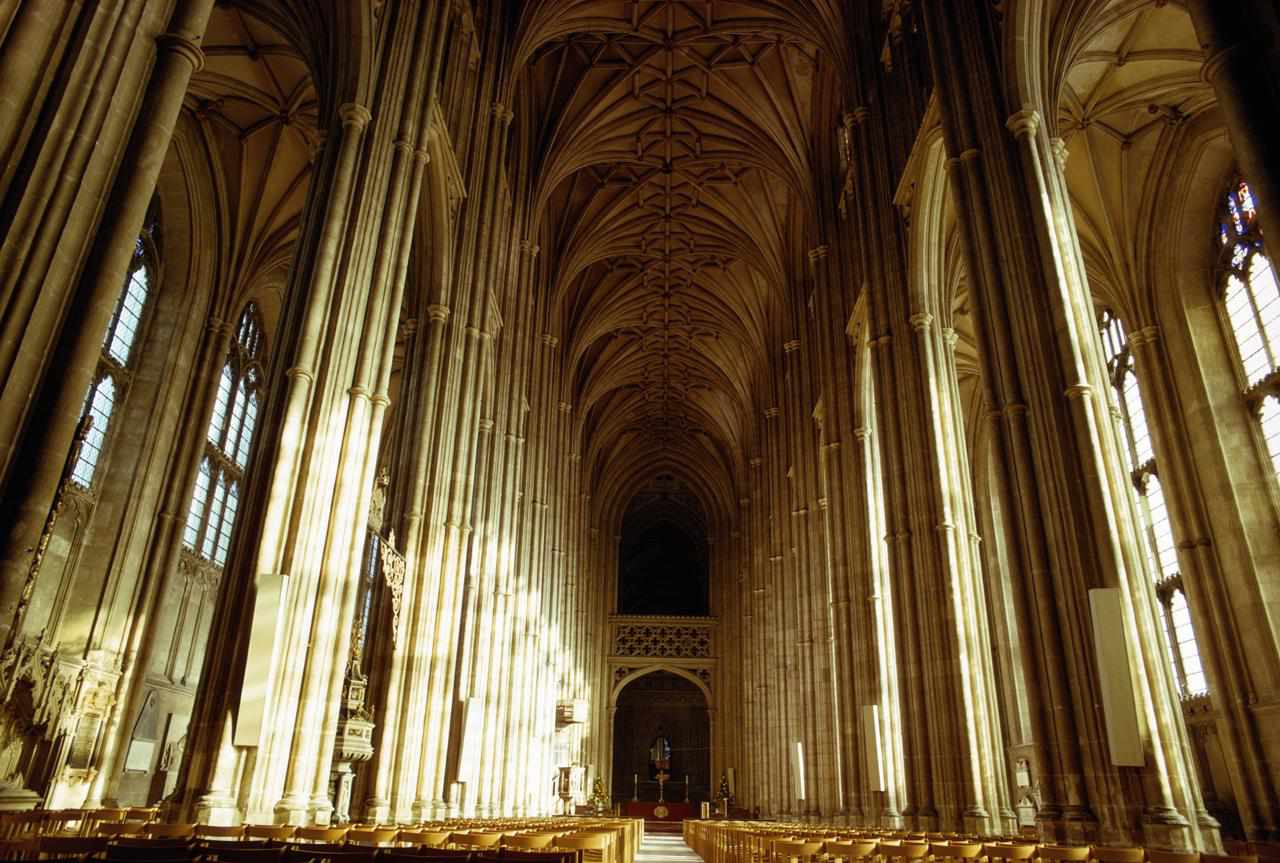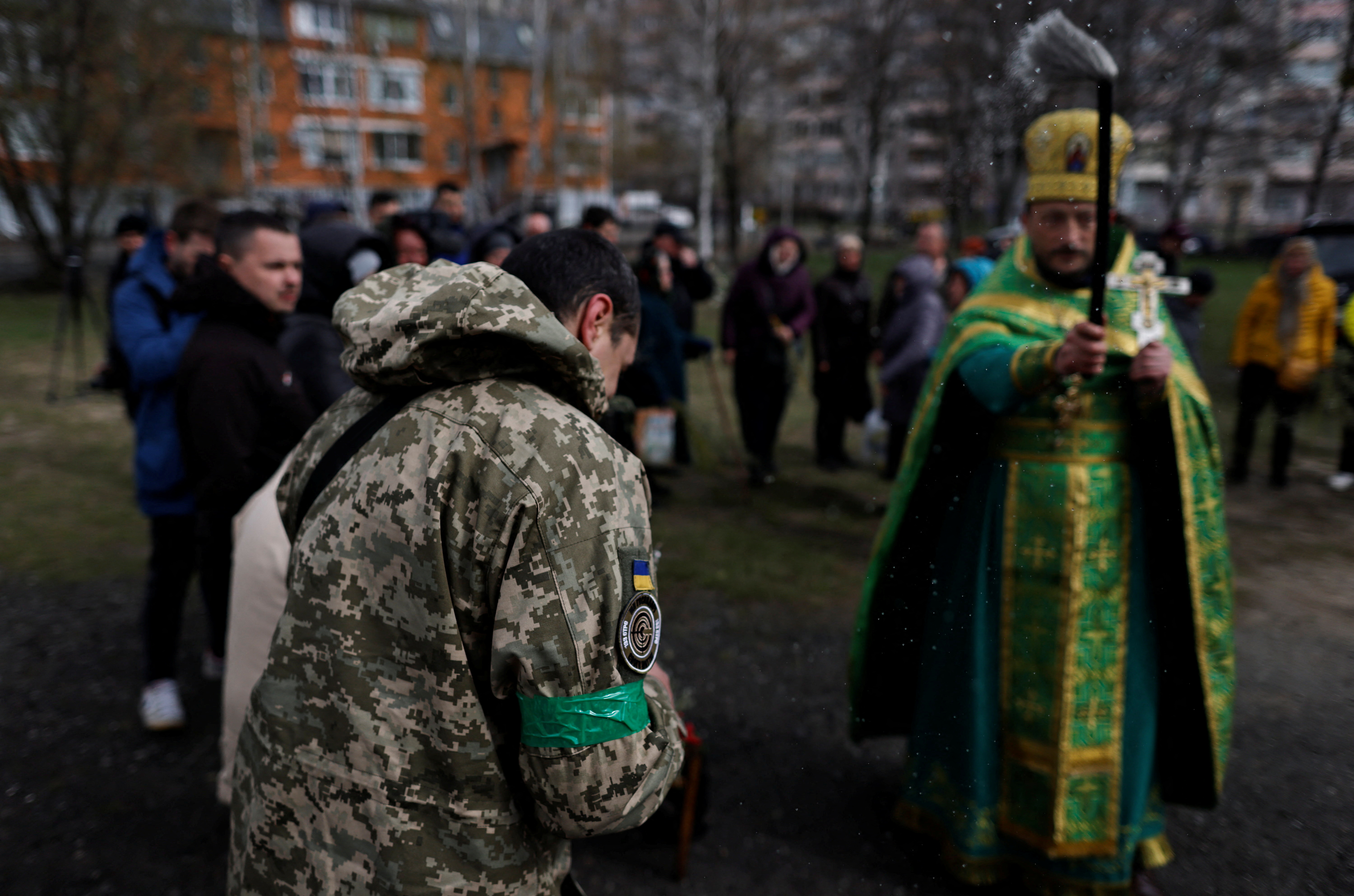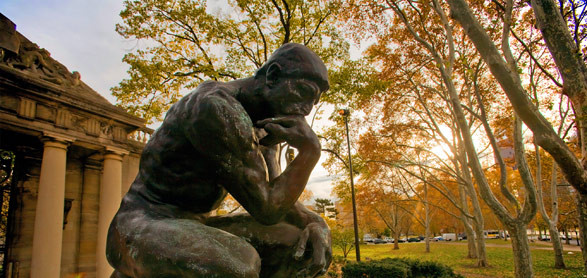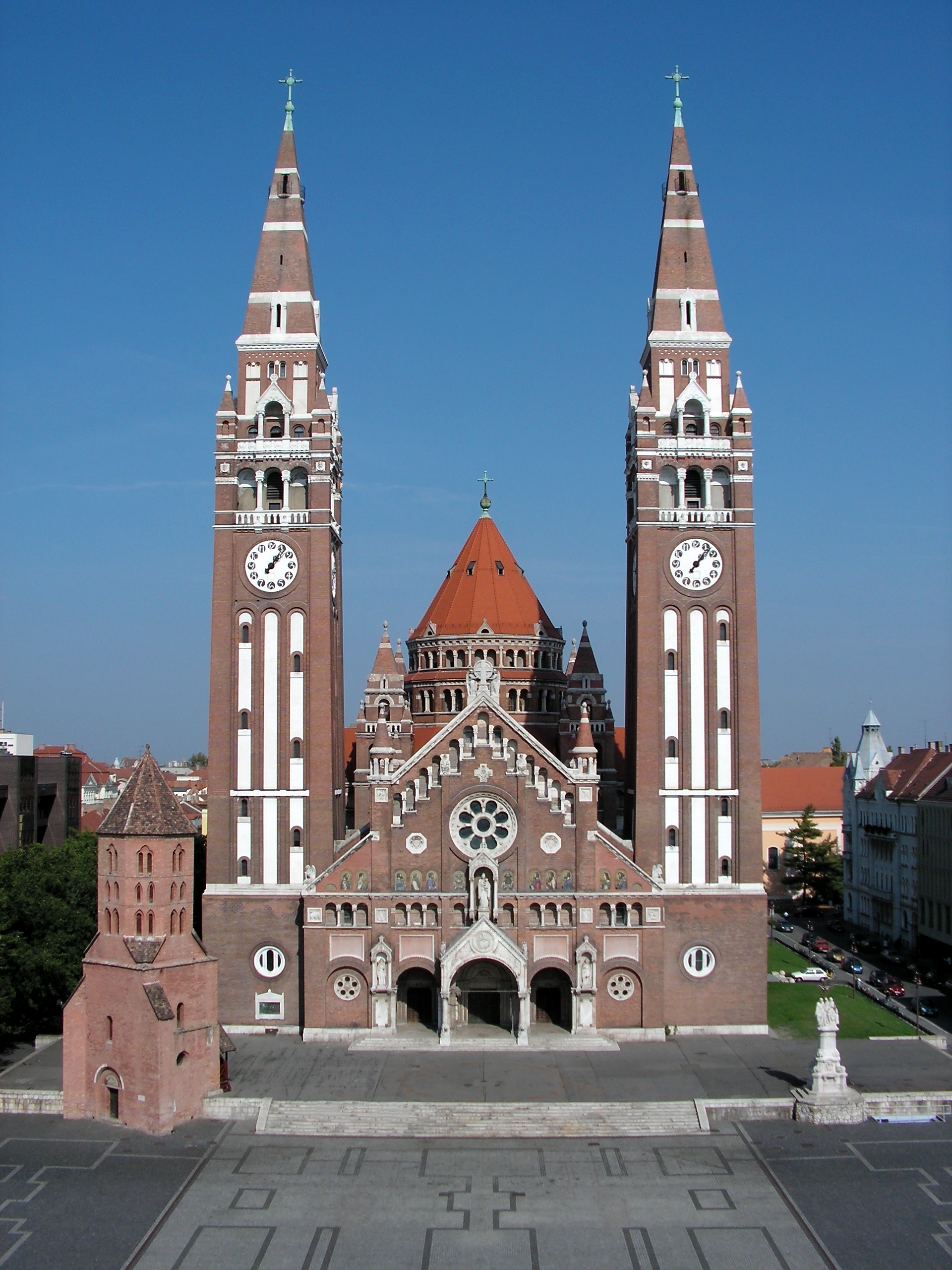- Both in the U.S. and the UK, surveys on religion are showing some stability, even an uptick in spiritual and religious interest and involvement in the case of the latter. The Pew Research Center’s latest Religious Landscape Study (RLS) found that after many years of decline, the share of Americans who identify as Christians shows signs of leveling off at slightly above 6-in-10. The study, conducted among 36,908 U.S. adults, is the third such survey in 17 years. The first RLS in 2007 found that 78 percent of U.S. adults identified as Christians, but that number moved steadily downward in smaller surveys each year. While the latest RLS finds that only 62 percent of U.S. adults identify as Christians, over the last five years other surveys have indicated that the Christian share of the adult population has remained relatively stable, ranging between 60 percent and 64 percent. The largest subgroups of Christians in the United States remain Protestants, who now comprise 40 percent of U.S. adults, and Catholics, now comprising 19 percent. People who identify with all other Christian groups (including the Orthodox churches, Latter-day Saints, and Jehovah’s Witnesses) total about 3 percent of U.S. adults. The share of those claiming a non-Christian religion has been increasing, although it is still in the single digits. Making up 29 percent of the U.S. adult population, the Pew report notes that the size of the religiously unaffiliated subpopulation has plateaued in recent years after a long period of sustained growth. Other measures on religious practice and spirituality also show a pattern of recent stability, such as in the share of Americans who say they pray daily (44 percent), report congregational attendance (33 percent), and say they believe in God or a universal spirit (83 percent).

While non-affiliation rates among American young adults remain high, a recent study in the UK finds a growth of spiritual interest, if not religious affiliation. The newsletter British Religion in Numbers (February 3) cites a OnePoll survey of 10,000 adults finding that a “religious revival may already be underway.” That unusual claim for the UK was made by the poll’s commissioner Christopher Gasson for his book, The Devils’ Gospels: Finding God in Four Great Atheist Books. The poll found that young people are both more spiritual and more religious than older people, and have also become “more spiritual and more religious in the past five years.” Atheism was found to be more popular among people in their 40s and 50s than among younger people. Yet both younger and older Britons were highly pessimistic about the prospects for religion. Respondents were categorized into four groups: non-believers (30 percent); uncommitted (40 percent), or those who consider themselves religious or spiritual but do not commit to a specific belief system; religious (17 percent), or participants who are involved in religious institutions; and spiritual (70 percent), comprising those participants who to “varying degrees seek a connection with the universe, nature, or a higher power.” But the activities cited as “spiritual” included anything from getting involved in higher causes to following a sports team or fandom, leading editor Clive Field to quip that “it is no wonder that 70 percent of the population is classified by Gasson as ‘spiritual.’”
(The Pew’s RLS report can be downloaded from:
https://www.pewresearch.org/religion/2025/02/26/decline-of-christianity-in-the-us-has-slowed-may-have-leveled-off/; the UK report can be downloaded from: https://thedevilsgospels.com/wp-content/uploads/2025/01/The-Devils-Gospels-Report_final.pdf).
- A report from the Center for Applied Research in the Apostolate (CARA) finds that in-person Sunday Mass attendance at Catholic churches in the U.S. is back to pre-pandemic levels. Although just under one quarter of the nation’s Catholics are in the pews on a regular weekly basis, the study finds that Sunday Mass attendance in person has risen to 24 percent since the declared end of the Covid-19 pandemic in May 2023. That rate has held steady through the first week of 2025. From the start of the pandemic lockdowns in March 2020 to May 2023, attendance had averaged 15 percent. Prior to the pandemic, the average attendance was 24.4 percent. Attendance figures recently released by the Diocese of Arlington, Virginia, have backed up this rebound trend. The CARA study relied on data from the center’s various national surveys, along with Google Trends queries that “allow you to see variations in how frequently people are searching for [certain terms that] would correlate with Mass attendance…It’s not a direct measurement, but it’s a proxy,” said Mark Gray, author of the report. He also noted that the dip in data does not account for those who relied on livestreamed and televised liturgies during the pandemic lockdowns.

(The CARA study is reported on its blog: https://nineteensixty-four.blogspot.com/2025/02/mass-attendance-is-up.html)
- A survey of worldwide Anglican churches finds that among those embracing same-sex blessings and same-sex marriages, the losses of clergy or congregations over these decisions have not been as large as expected, with smaller dioceses better able to deal with church divisions over these controversial measures. The survey, conducted by Andrew Village (York St. John University) and published in the Journal of Anglican Studies (online in February), asked key informers (bishops or chief executive officers) in 62 dioceses of the Anglican Communion about the impact of same-sex blessings and marriages in both their churches and the wider society. First, Village finds that the relatively small number of losses of congregations and clergy were complicated by concurrent losses during Covid as well as the longer pattern of decline in these churches.

When same-sex blessings (SSB) were allowed before same-sex marriages (SSM), the impact of the latter on dioceses was smaller, since those who were opposed to same-sex issues had already left. “On that basis, the Church of England’s decision to allow SSB but not SSM may have been an unnecessary and unhelpful fudge,” Village writes. As might be expected, allowing SSB or SSM did improve the church’s standing in society, especially for the Church of England, as opposed to adopting a more countercultural position. Finally, the survey finds that those areas with smaller dioceses found the moves to adopt SSB and SSM easier since they provided room for more deliberation and “listening” in informal settings that prioritized church unity, New Zealand being one such example. In contrast, changes made in large synodical contexts, while necessary on a legal basis, were seen as a “poor way to make decisions” and foster church unity.
(Journal for Anglican Studies, https://www.cambridge.org/core/journals/journal-of-anglican-studies)
 A study of the effects of the war in Ukraine on civilians finds an increase in religiosity, especially among those not already religious, although greater exposure to the war does not necessarily increase faith. The longitudinal study, conducted by Danyil Karakai and Ruslana Moskotina of the Taras Shevchenko University of Kiev and published in the journal Social Compass (online in February), was fielded in two waves among 595 individuals before and after the Russian invasion in 2022. The researchers cite the “existential security” thesis, which holds that people who feel in danger or deprived (such as during war) will fall back on religion, finding, however, that respondents only became slightly more religious after the invasion. But they did not find that greater personal exposure to the war increased religiosity. Religiosity increased more among people who were not very religious before the war. But in the case of Ukraine, there may have been a baseline of religiosity through an enduring Christian culture that those who were nominally religious could use to increase their faith. The effect of war exposure on the absolute change in religiosity was more pronounced among religious people. “This supports the hypothesis that the inhumane events of the war could undermine the worldview of people whose lives were centered on God.”
A study of the effects of the war in Ukraine on civilians finds an increase in religiosity, especially among those not already religious, although greater exposure to the war does not necessarily increase faith. The longitudinal study, conducted by Danyil Karakai and Ruslana Moskotina of the Taras Shevchenko University of Kiev and published in the journal Social Compass (online in February), was fielded in two waves among 595 individuals before and after the Russian invasion in 2022. The researchers cite the “existential security” thesis, which holds that people who feel in danger or deprived (such as during war) will fall back on religion, finding, however, that respondents only became slightly more religious after the invasion. But they did not find that greater personal exposure to the war increased religiosity. Religiosity increased more among people who were not very religious before the war. But in the case of Ukraine, there may have been a baseline of religiosity through an enduring Christian culture that those who were nominally religious could use to increase their faith. The effect of war exposure on the absolute change in religiosity was more pronounced among religious people. “This supports the hypothesis that the inhumane events of the war could undermine the worldview of people whose lives were centered on God.”
(Social Compass, https://journals.sagepub.com/home/SCP)
- The view that agnostics are atheists in the making may not be far off, according to a recent study of atheism and agnosticism in European countries. The study, conducted by Moise Karim and Vassilis Saroglou and reported in the journal Social Compass (online in February), analyzed European Values Study data from 18 countries in Europe (1999–2017) and found that while agnostics differ from atheists in terms of psychological characteristics, the growth of secularism on the continent may be closing the gap between these two groups. They found that within two decades, from 1999 to the late 2010s, “among the nonbelievers, the proportion of agnostics decreased in favor of atheists…[T]he effect seemed to hold for all age groups…In no country a robust opposite effect, that is agnostics’ ratio increasing, was observed.” They also found that the more a country becomes secular, the lower the proportion of agnostics it has. Cautioning that the findings may apply to northern and southern European countries but not necessarily to other contexts, Karim and Saroglou propose that in more religious countries, those who distance themselves from faith will avoid the social risk of opposing a belief in God or transcendence and “thus become or remain ‘only’ agnostic, not atheist. In contrast, in more secular societies where nonbelief becomes well accepted and even normative, more people clearly affirm atheism and reject religion and spiritual faith.”

(Social Compass, https://journals.sagepub.com/home/SCP)
- Although Hungary has undergone significant secularization, religion still serves as an important marker of social status and class, according to a study published in the current issue of Religion and Society in Central and Eastern Europe (17:1). Going back to Max Weber, it has been a standard view in sociology that there is an “elective affinity” or complex interaction between various kinds of religiosity and different social statuses and lifestyles. Author Dávid Kollár (Budapest Metropolitan University) notes that this classic position has recently been challenged by the view that social status has a causative role in shaping religious preferences. Kollár applies Weber’s framework, arguing that the relationship between social status and religion doesn’t move in one direction. In a survey of 1,000 Hungarians that measured church attendance, participation in religious rites, beliefs, and values, significant associations were found between social status and “distinct clusters of religiosity.” Kollár found that among the poor, celebrations and festivals, such as Christmas and Easter, were the main way that religiosity was expressed. This kind of religiosity may be the most accessible for those without much theological literacy.

The Votive Church of Szeged, Hungary.
For the lower-middle class group, religiosity was expressed more by religious practices and attachment to religious institutions. “For the lower-middle class, which has achieved a degree of financial stability, but still faces limited opportunities, the predictability and continuity offered by institutionalized religion may be particularly appealing,” Kollár writes. By contrast, “capital-strong” middle classes and skilled workers value religion for its ethical and moral values and less for its coping benefits related to material hardships. Kollár finds that it is members of the upper-middle class that are the most rejecting of religion and the main bearers of secularization, having been most affected by the modernizing currents in education, technology, and urbanization. Yet the upper class, influenced by the same currents, showed an elective affinity for external religious forms, such as festivals and baptism, suggesting “that religion may play a significant role as a cultural tradition and status marker,” serving as a means of social distinction.
(Religion and Society in Central and Eastern Europe, https://rascee.net/index.php/rascee/article/view/214)




 A study of the effects of the war in Ukraine on civilians finds an increase in religiosity, especially among those not already religious, although greater exposure to the war does not necessarily increase faith. The longitudinal study, conducted by Danyil Karakai and Ruslana Moskotina of the Taras Shevchenko University of Kiev and published in the journal Social Compass (online in February), was fielded in two waves among 595 individuals before and after the Russian invasion in 2022. The researchers cite the “existential security” thesis, which holds that people who feel in danger or deprived (such as during war) will fall back on religion, finding, however, that respondents only became slightly more religious after the invasion. But they did not find that greater personal exposure to the war increased religiosity. Religiosity increased more among people who were not very religious before the war. But in the case of Ukraine, there may have been a baseline of religiosity through an enduring Christian culture that those who were nominally religious could use to increase their faith. The effect of war exposure on the absolute change in religiosity was more pronounced among religious people. “This supports the hypothesis that the inhumane events of the war could undermine the worldview of people whose lives were centered on God.”
A study of the effects of the war in Ukraine on civilians finds an increase in religiosity, especially among those not already religious, although greater exposure to the war does not necessarily increase faith. The longitudinal study, conducted by Danyil Karakai and Ruslana Moskotina of the Taras Shevchenko University of Kiev and published in the journal Social Compass (online in February), was fielded in two waves among 595 individuals before and after the Russian invasion in 2022. The researchers cite the “existential security” thesis, which holds that people who feel in danger or deprived (such as during war) will fall back on religion, finding, however, that respondents only became slightly more religious after the invasion. But they did not find that greater personal exposure to the war increased religiosity. Religiosity increased more among people who were not very religious before the war. But in the case of Ukraine, there may have been a baseline of religiosity through an enduring Christian culture that those who were nominally religious could use to increase their faith. The effect of war exposure on the absolute change in religiosity was more pronounced among religious people. “This supports the hypothesis that the inhumane events of the war could undermine the worldview of people whose lives were centered on God.”

